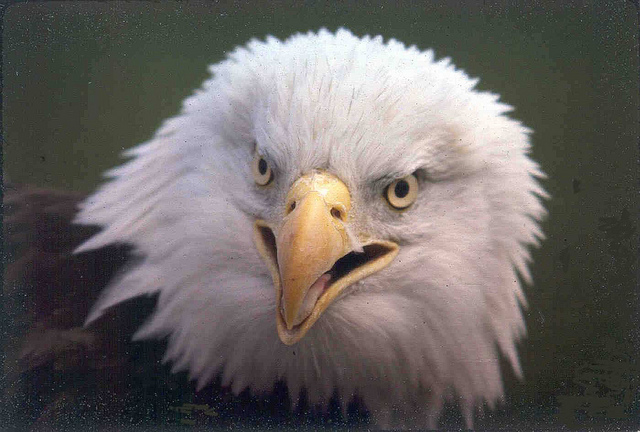National Bald Eagle Survey Begins


If bald eagles around the United States get the feeling they're being watched, they won't be suffering from paranoia or an inflated ego.
For the next two weeks, the national bird of the United States will be receiving special attention from a swarm of researchers and citizen scientists in the air, on land and in the water.
The 34th annual Midwinter Bald Eagle Survey kicks off today (Jan. 4). During the bird census, hundreds of volunteers throughout the lower 48 states will join forces with federal, state and advocacy organization scientists to collect data on these once-nearly-extinct birds along 740 established survey routes.
Forty-four percent of the surveys conducted through Jan. 18 will be from vehicles, 18 percent from fixed-wing aircraft, 8 percent from boats and 7 percent from helicopters.
"The power of this survey is continuity," said 2012 national survey coordinator Wade Eakle, an ecologist for the U.S. Army Corps of Engineers. "We have a lot of confidence in what we can now say about the status of wintering bald eagles in the United States."
The surveys began in 1979, a dozen years after legislation protected bald eagles as an endangered species. (That 1967 law was a precursor of the Endangered Species Act of 1973.)
In June 2007, the Department of the Interior took the bald eagle off the endangered species list, making it one of a handful of species to fight its way back from the brink of extinction.
Get the world’s most fascinating discoveries delivered straight to your inbox.
The most recent population statistics, which cover the 10 years from 1986 to 2005, indicated an increase in bald eagles along 63 percent of the routes surveyed.
Each year the survey results are compiled to help create a long-term analysis of bald eagle population trends. A new 25-year trend analysis for the years 1986 to 2010 is due out this spring. Past survey results are available online.
The website will soon get an overhaul to make it more user-friendly, made possible by funding from the American Eagle Foundation.
The survey is a joint project of the American Eagle Foundation, the U.S. Geological Survey, the Army Corps of Engineers and the U.S. Fish and Wildlife Service.
Brian Millsap, national raptor coordinator for the Fish and Wildlife Service, said, "The information gathered on population trends and habitat is increasingly important to permitting decisions being made by the Service for renewable energy and other projects."
Follow OurAmazingPlanet for the latest in Earth science and exploration news on Twitter @OAPlanet and on Facebook.



